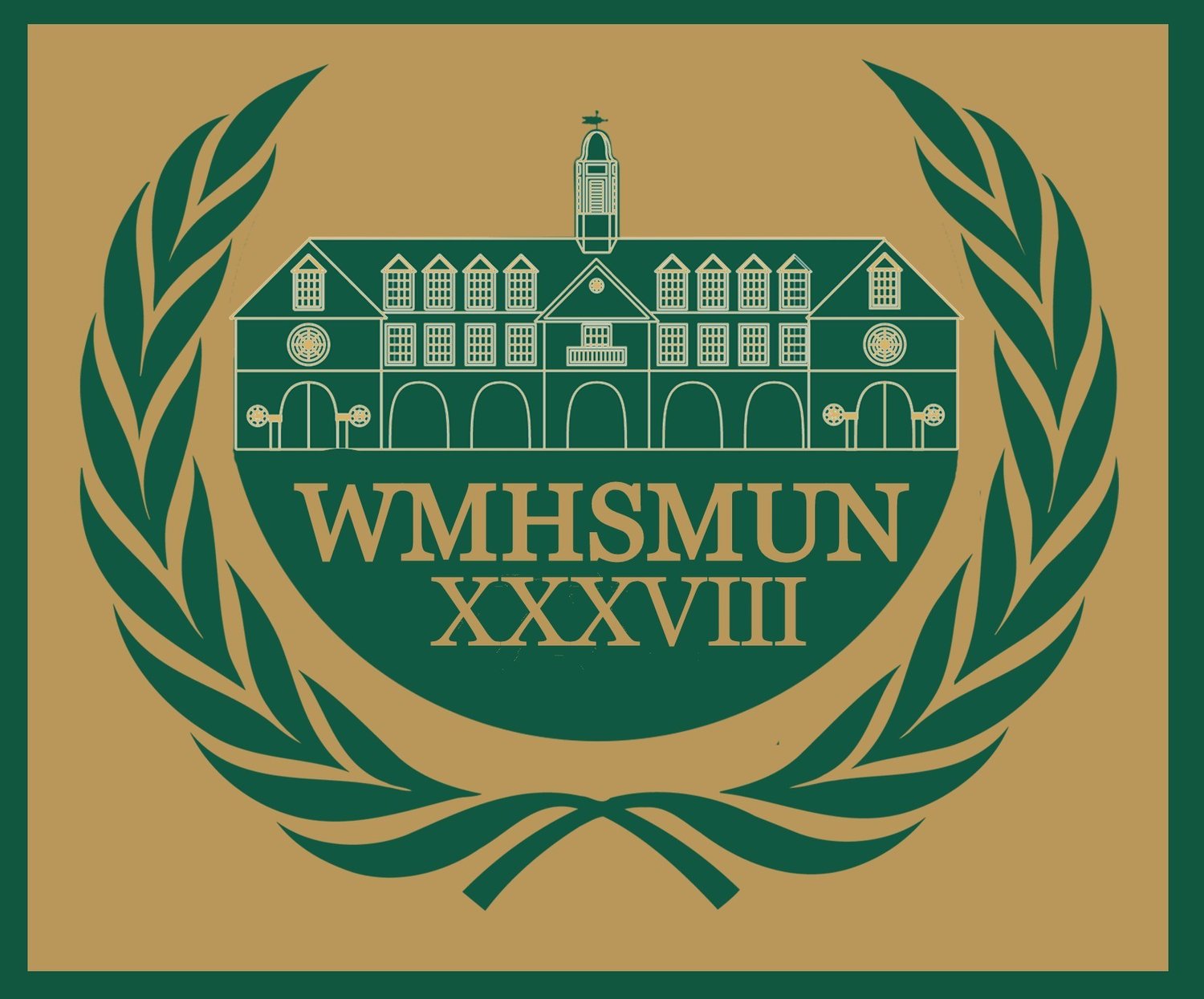UN Habitat
Sustainable Urban Development in Major Cities Amid the Climate Crisis
Topic 1 - Addressing Environmental and Human Rights Injustices
While the Universal Declaration of Human Rights includes the ability to access safe water and sanitation, three out of ten people do not have access to safe drinking water and six out of ten do not have access to safely managed sanitation services. Safe access to basic resources has been an increasing issue in many urban centers. Due to inequalities within communities, many people live in poor, unsanitary conditions like slums which decreases their quality of life and overall well being. Many also lack any sort of housing at all, leading to an increasing number of homeless people around the world and creating a need for more widely accessible and affordable housing. In addition, historic processes like red-lining in the United States have forced many minority populations to live in areas with lower environmental quality as many of these communities tend to have fewer green spaces, lower quality public spaces, and more impervious surfaces which has, in turn, led to greater pollution, less shade, and more heat in these neighborhoods. Such issues are also expected to worsen with increasing climate change. The committee must determine how to improve housing inequality, environmental wellness, and overall health in urban areas to amend existing injustices.
Topic 2 - Revitalizing Public Transportation Systems
Currently, cities are full of traffic which has led to an increasing number of vehicular crashes every day. Cars and other vehicles also contribute greatly to growing greenhouse gas emissions, worsening global warming, leading to air pollution, and has immense consequences for both human health and safety. Therefore, it is important that cities switch from current infrastructure to cleaner, more efficient, and safer strategies. This means designing public transportation systems that are easily accessible and widely available to people in urban areas. Such a system would likely carry more passengers per ride while cutting down both emissions and energy usage. There may also need to be efforts to redesign city infrastructure to increase opportunities for pedestrian movement. The committee should consider how to reduce motorized transportation as a whole while still meeting the needs of residents from different socioeconomic situations.
Director: Lauren Nash


